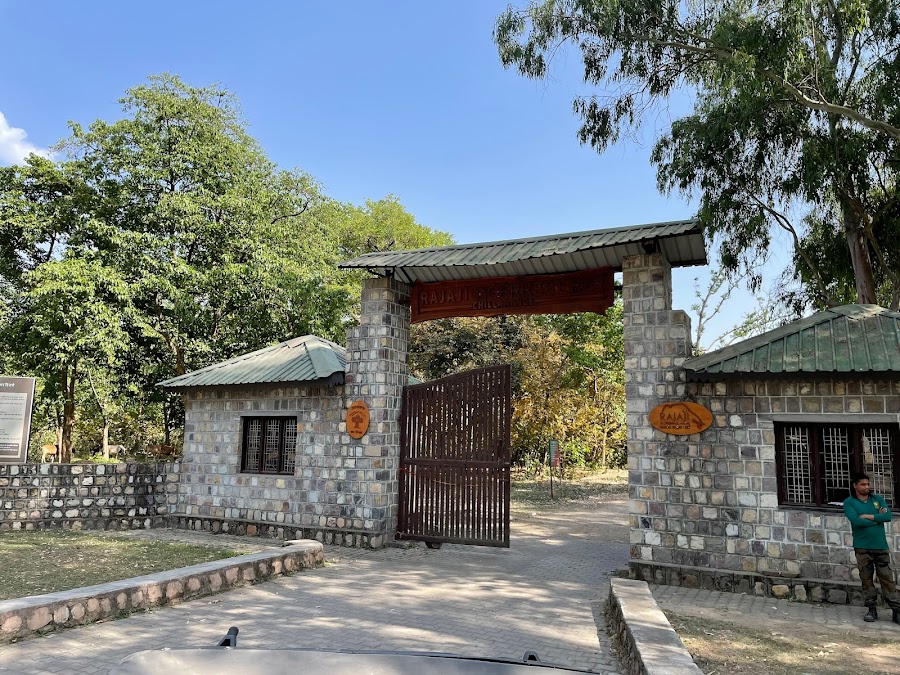
Chilla Wildlife Sanctuary
Pauri Garhwal, India
- Capture wildlife through photography.
- Enjoy a jeep safari through the jungle.
- Experience the serene natural environment.
- Observe diverse bird species.
- Spot elephants in their natural habitat.
- Visit the interpretation center.
Known for:
Description:
Chilla Wildlife Sanctuary, nestled in the Shivalik foothills near Haridwar, Uttarakhand, is a haven for nature enthusiasts and wildlife lovers. Part of the Rajaji National Park, it offers a rich biodiversity experience with its dense forests, grasslands, and diverse flora and fauna. The sanctuary is particularly known for its elephant population, but you can also spot tigers, leopards, deer, various bird species, and reptiles. Jeep safaris are a popular way to explore the sanctuary, providing opportunities for wildlife viewing and photography. The serene environment and the chance to connect with nature make Chilla a refreshing escape from the bustling city life. Remember to carry your camera and binoculars to capture the beauty of the wilderness. Responsible tourism is encouraged to preserve the sanctuary's delicate ecosystem.
History:
Originally a hunting reserve, the area that comprises Chilla Wildlife Sanctuary was established as a protected area in 1977. It was later integrated into the larger Rajaji National Park in 1983. The aim was to conserve the region's rich biodiversity and provide a safe habitat for its wildlife. The consolidation into Rajaji National Park strengthened conservation efforts, allowing for better management and protection against poaching and habitat destruction. Over the years, the sanctuary has become a significant center for wildlife research and education, contributing to the understanding and preservation of the Himalayan ecosystem. The local communities have also been involved in conservation efforts, promoting sustainable tourism and reducing human-wildlife conflict. The sanctuary continues to play a vital role in protecting the region's natural heritage.